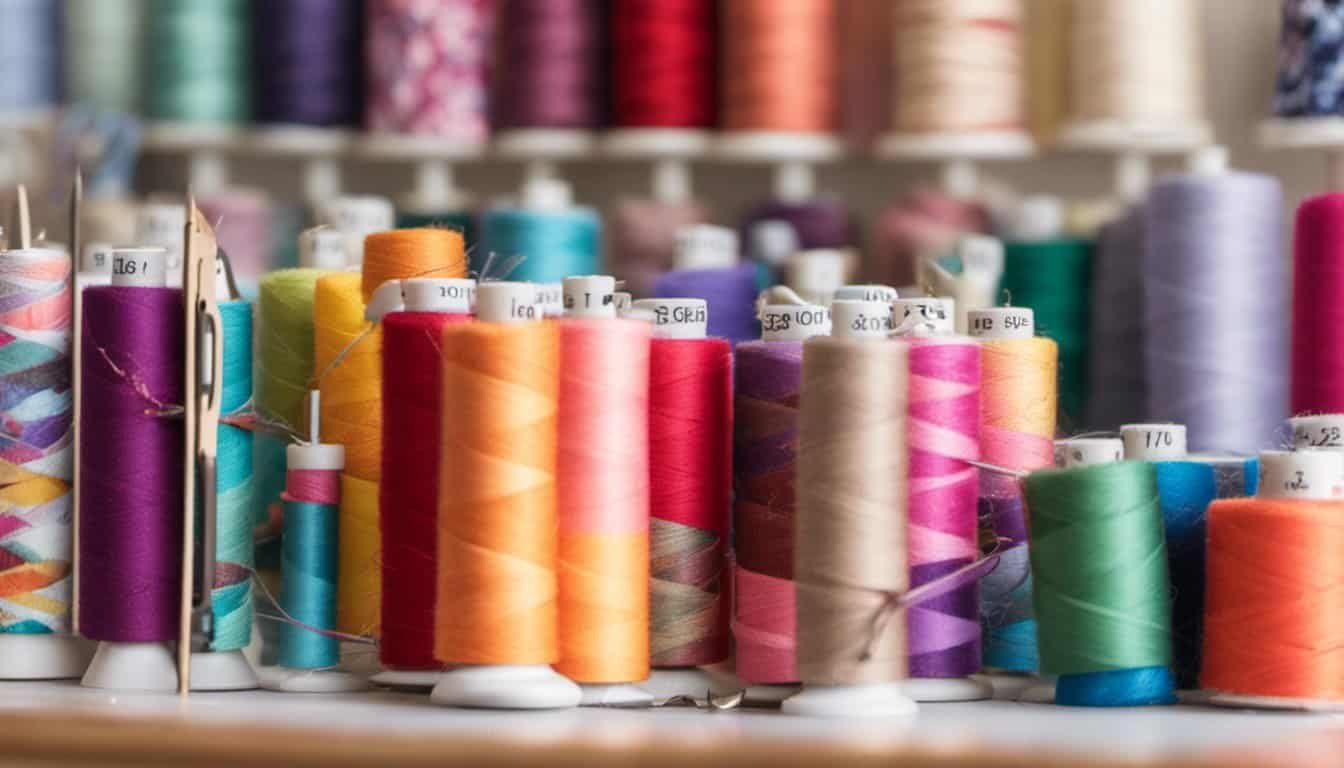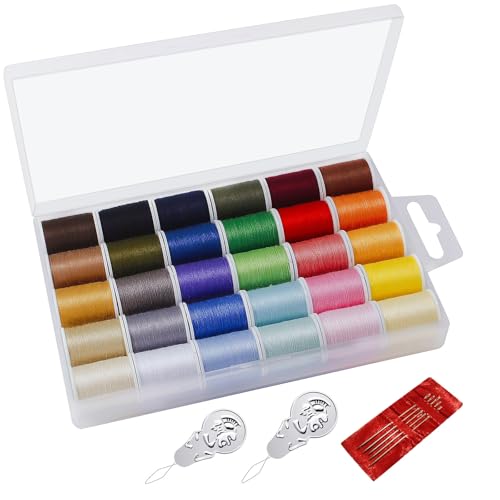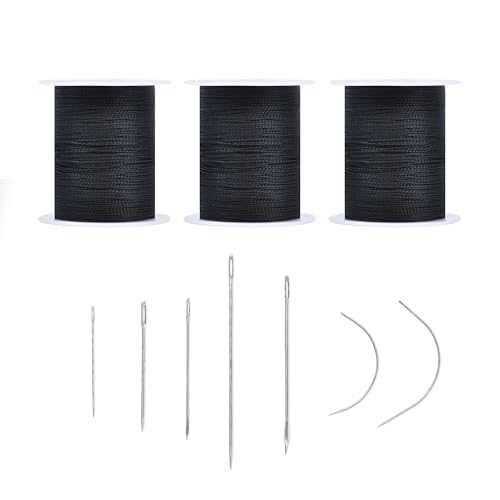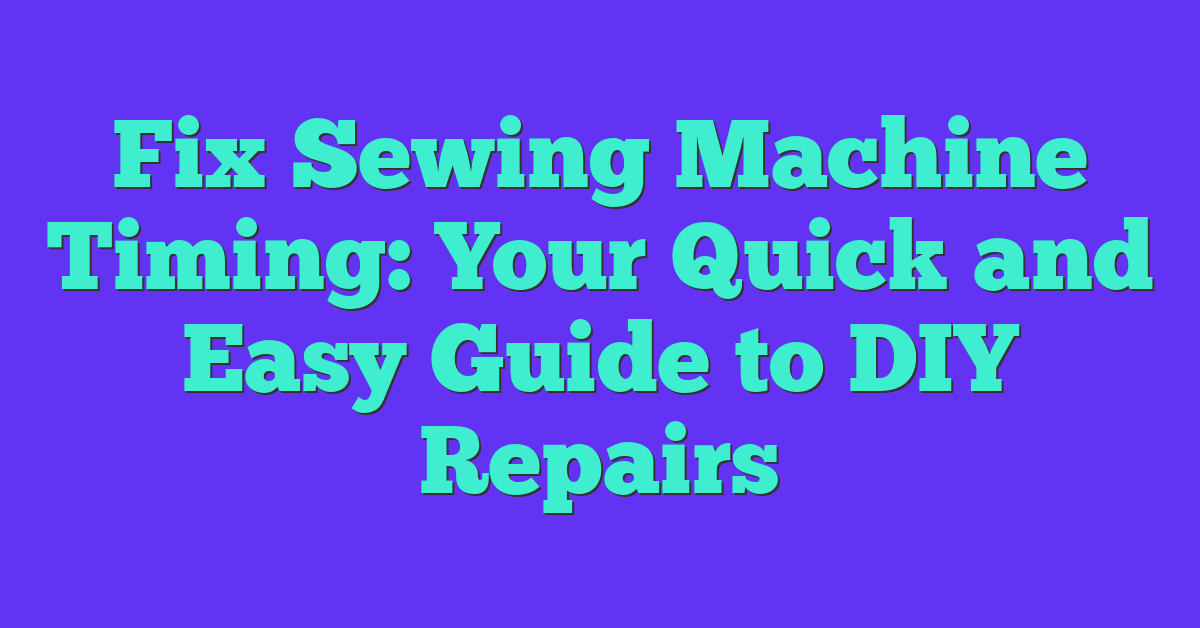Are you frustrated when you start sewing and the thread keeps bunching up underneath the fabric? It can be incredibly annoying and can ruin the overall look of your project. But don’t worry, because in this article, we’ll explore the common causes of thread bunching and provide you with some simple solutions to fix this issue. With a few adjustments and some helpful tips, you’ll be able to sew smoothly and avoid those pesky thread tangles in no time!
Have you ever experienced the frustration of sewing thread bunching up underneath your fabric? It can be a real headache, especially when you’re in the middle of a project and everything seems to be going smoothly. But fear not, because in this article, we’ll delve into the reasons why thread bunching occurs and share some practical solutions to help you overcome this problem. By following these tips and tricks, you’ll be able to sew with confidence and achieve flawless stitches every time.
Causes of Sewing Thread Bunching Underneath
When it comes to sewing, there’s nothing more frustrating than thread bunching up underneath your fabric. It not only affects the overall appearance of your stitches but can also lead to machine jams and broken needles. Luckily, there are a few common causes of this issue and simple solutions to fix it. Let’s dive in and explore them:
- Incorrect Tension Settings: The tension of your sewing machine plays a crucial role in maintaining a smooth stitch. If your thread is bunching up underneath, it’s possible that the upper tension is too tight. Check your machine’s manual and adjust the tension settings accordingly. Remember, finding the right tension may require some trial and error.
- Thread Misplacement: Sometimes, the issue lies simply in the way the thread is threaded through the machine. Double-check that the thread is correctly placed in the upper tension disks, thread guides, and needle. Also, ensure that the thread is properly seated in the bobbin case and that the bobbin is correctly inserted.
- Poor Bobbin Winding: If the thread isn’t wound evenly on the bobbin, it can cause uneven tension, leading to thread bunching underneath. Take care to wind the bobbin evenly and smoothly. Consider using a bobbin winder or a slow-speed setting on your machine for better results.
- Thread Quality: Using low-quality or old thread can contribute to thread bunching. Ensure that you’re using good-quality thread suitable for your fabric and machine. Also, check if the thread has any knots or snags that could be causing the issue.
- Needle Problems: A bent, dull, or incorrect needle can cause thread bunching as it doesn’t properly form the stitches. Make sure you’re using the right needle size and type for your fabric. Replace the needle regularly to maintain consistent stitching quality.
Remember, troubleshooting sewing issues like thread bunching may require a combination of adjustments and experimentation. By addressing these common causes and following the proper sewing techniques, you’ll be well on your way to achieving flawlessly stitched projects.
How to Prevent Sewing Thread from Bunching Underneath
Have you ever experienced the frustrating issue of your sewing thread bunching up underneath the fabric? Don’t worry, you’re not alone. This is a common problem that many sewers encounter, but fortunately, there are several steps you can take to prevent it from happening.
Check Your Thread Tension
One of the main culprits behind thread bunching is incorrect thread tension. It’s important to ensure that your machine’s tension settings are properly adjusted. Ideally, the upper and lower threads should meet in the middle of the fabric. If your tension is too loose, the threads will not interlock properly, causing bunching underneath. On the other hand, if the tension is too tight, it can also lead to puckering and bunching. Take the time to test and adjust your tension until you achieve the desired result.
Mind Your Needle Placement
Another factor to consider is the position of your needle when you start sewing. Make sure that the needle is fully inserted and secured in the machine. A loose or misaligned needle can disrupt the thread’s path and cause it to bunch up underneath the fabric. Additionally, using the correct needle size and type for your fabric can make a difference. Be sure to consult your machine’s manual or a needle guide to choose the appropriate needle for your project.
Invest in Quality Thread
Using low-quality thread can also contribute to thread bunching. Cheap threads are more prone to breakage and tangling, which can result in uneven stitching and bunching underneath the fabric. Investing in high-quality thread made specifically for sewing can make a world of difference. Look for thread that is strong, smooth, and suited for the fabric you’re working with.
Wind Your Bobbin with Care
Improper bobbin winding can often lead to thread bunching. Ensure that your bobbin is wound smoothly and evenly without any loose or uneven sections. Make sure the thread is properly placed in the bobbin case and that the bobbin is set correctly in the machine. Taking these precautions will minimize the chances of thread bunching.
Troubleshooting Tips for Fixing Sewing Thread Bunching
Is your sewing thread constantly bunching up underneath your fabric, causing frustration and making your stitches look messy? Don’t worry, you’re not alone! Thread bunching is a common issue that many sewers encounter. Luckily, there are several troubleshooting tips that can help you fix this problem and achieve smooth, beautiful stitches.
Check and Adjust the Thread Tension
One of the main causes of thread bunching is incorrect tension settings. Incorrect tension occurs when the top and bobbin threads are not balanced, leading to uneven stitches. To fix this, start by checking your machine’s manual for the recommended tension settings. Then, test your stitches on a scrap piece of fabric. If the top thread is pulling too tight and causing the bobbin thread to bunch, decrease the tension. If the bobbin thread is too tight and causing the top thread to bunch, increase the tension. Remember to make small adjustments and test each time until you achieve the desired result.
Ensure Proper Needle Placement
Another common culprit of thread bunching is improper needle placement. If the needle is not inserted correctly or is damaged, it can affect the stitching and cause the threads to tangle. Make sure to insert the needle all the way up into the needle clamp, with the flat side facing the back. Additionally, using the correct needle size for your fabric can also prevent thread bunching. Use smaller needles for lighter weight fabrics and larger needles for heavier fabrics.
Use High-Quality Thread
Low-quality thread can cause all sorts of issues, including thread bunching. Investing in high-quality thread may cost a bit more, but it will make a noticeable difference in the quality of your stitches. Look for thread made from long-staple fibers, as they are less likely to break or fray. Choose the appropriate weight of thread for your project to ensure smooth sewing.
Wind the Bobbin Carefully
Poor bobbin winding can also contribute to thread bunching. When winding the bobbin, make sure the thread is evenly and tightly wound. Avoid overfilling the bobbin, as this can cause it to unwind unevenly. Additionally, always thread the bobbin correctly according to your machine’s instructions.

By following these troubleshooting tips, you can overcome the challenge of thread bunching and achieve flawless stitches in your sewing projects. Remember to check and adjust the thread tension, ensure proper needle placement, use high-quality thread, and
Common Mistakes That Contribute to Thread Bunching
When it comes to sewing, there’s nothing more frustrating than having your thread bunch up underneath the fabric. But fear not! I’m here to help you troubleshoot this issue and ensure smooth, tangle-free stitches every time. Let’s take a look at some common mistakes that can contribute to thread bunching and how to avoid them.
Incorrect Tension Settings
One of the main culprits behind thread bunching is incorrect tension settings on your sewing machine. If the tension is too tight, it can cause the thread to bunch up underneath the fabric. Conversely, if the tension is too loose, the thread may not form proper stitches, leading to loops and tangles. Make sure to consult your sewing machine manual and adjust the tension settings accordingly. Remember, different fabrics may require different tension settings, so always test on a scrap piece before starting your project.
Thread Misplacement
Another mistake that can lead to thread bunching is placing the thread incorrectly in the machine. Ensure that the thread is properly guided through all the necessary loops, hooks, and tension disks. Missing even one step can disrupt the thread’s flow and result in those frustrating tangles. Take your time when threading the machine and double-check that everything is in its correct place.
Poor Bobbin Winding
Bobbin winding plays a crucial role in preventing thread bunching. If the bobbin is not wound evenly or too loosely, it can cause the thread to feed unevenly, creating loops and tangles. Make sure to wind your bobbins carefully, keeping the thread taut and evenly distributed. This will help the thread feed smoothly without any bunching underneath the fabric.
Low-Quality Thread
« Unlock the Secrets: The Surprising Truth About Sewing Scissors vs Fabric Scissors
Discover the Ultimate Sewing Machine for Kids! Unleash their Creative Genius with the Perfect Blend of Fun, Safety, and Durability »
Using low-quality thread is another common mistake that can contribute to thread bunching. Inferior thread is often more prone to breakage, tangling, and uneven feeding. Invest in high-quality thread made from long-staple fibers, as they are less likely to create knots and bunches. It may cost a little more, but the results will speak for themselves.
Conclusion
By addressing the causes of thread bunching, such as incorrect tension settings, thread misplacement, poor bobbin winding, low-quality thread, and needle problems, you can achieve flawless stitches while sewing. To avoid tangles and achieve professional-looking results, remember to check your thread tension, ensure proper needle placement, use high-quality thread, and wind your bobbin carefully. It’s also important to choose the correct needle size for different fabrics and invest in high-quality thread made from long-staple fibers. Threading your machine correctly and winding the bobbin evenly are crucial steps to prevent thread bunching. Additionally, using high-quality thread made from long-staple fibers can help prevent breakage, tangling, and uneven feeding. By following these tips and techniques, you’ll be able to sew smoothly and efficiently, without any frustrating thread bunching issues. Happy sewing!

















